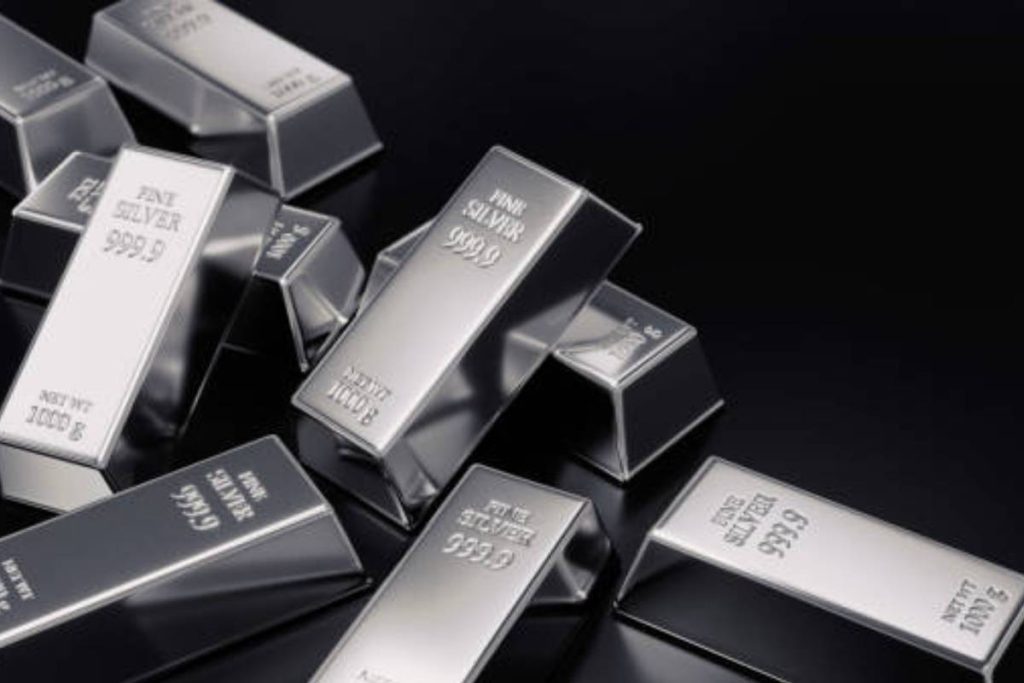Silver has been known as a precious metal with intrinsic value for the longest time. It has been a medium of exchange, as jewellery, and for industrial purposes.
An increasing number of investors are choosing silver bullion to diversify their portfolios and protect their wealth from economic uncertainty and inflation.
Check out the long-term potential of silver bullion as an investment and why it’s a smart choice for savvy investors!
Table of Contents
Reasons for Investing in Silver Bullion
For centuries, people have used silver as a currency, and its value has steadily risen. Although its price fluctuates in the short term, its overall trend is upward.
Historically, silver has outperformed other investments like stocks and bonds during periods of high inflation and economic uncertainty.
In addition, Scottsdale Silver Bullion is a great choice for anyone who wants to invest in silver bullion but wants to avoid dealing with the hassle of buying and storing physical silver.
Investing in Silver Bullion for the Long-Term
For several reasons, investing in it for the long term is a smart choice. Silver is a limited resource that is gradually becoming rare.
As demand for silver increases, its price is likely to rise. Furthermore, silver is a versatile industrial metal used in various applications meaning there will always be a demand for silver, even during economic downturns.
Finally, silver is a safe haven asset that is likely to hold its value during economic uncertainty and inflation.
Factors That Affect the Price of Silver Bullion
Investors can make better investment decisions in silver bullion by understanding these factors.
- Supply and Demand:One major factor affecting the price of silver bullion is supply and demand. When the demand for silver exceeds the available supply, the price of silver increases. Conversely, when the supply of silver exceeds the demand, the price of silver decreases. Various factors, including industrial demand, jewellery demand, and investment demand, can influence the demand for silver.
- Geopolitical Events:Geopolitical events can also significantly impact the price of silver bullion. Political instability, conflicts, and sanctions can disrupt the supply chain of silver and increase the demand for safe-haven assets like silver bullion. When geopolitical tensions increase, investors may turn to silver bullion as a hedge against economic uncertainty.
- Economic Conditions:Economic conditions can also affect the price of silver bullion. When the economy is strong, the need for silver may decrease as investors seek out riskier investments. In addition, inflation can also affect the price of silver.
- Strength of the US Dollar: The price of silver bullion may also be impacted by the strength of the US dollar. When the US dollar is strong, silver prices decrease as it becomes more expensive for investors holding other currencies. If the value of the US dollar descends, the cost of silver usually goes up as it becomes more affordable for investors with different currencies.
Conclusion
Investing in silver bullion has the potential to be a lucrative long-term investment for investors.
With its intrinsic value and wide range of industrial applications, silver will likely remain a valuable commodity for years. Whether you’re a novice or an experienced investor, adding it to your portfolio is wise for diversifying and safeguarding your financial assets.

